I birded Bradford Beach this morning on Milwaukee’s Lakefront and present were 2 American Black-bellied Plovers. I headed over to Lakeshore State Park in hopes that an American Avocet would have come in over night. As I walked towards the beach area I had to do a double take as there mixed in with about 10 Ring-billed Gulls was an American Avocet! It was not long and a jogger ran right down the shoreline. The birds flushed but only to the other side of the beach area. As I watched this bird, it seemed tired and wanted to sleep as it parked in numerous places and closed its eyes. Finally it moved in a just parked with a handful of gulls and closed it eyes for a short period. Along came a dog walker with 2 very large dogs and they went right into the water and all the birds flushed. A couple of gulls returned minutes later but I did not see the American Avocet return. I’m guessing it did in time. As I birded the rest of the park, every where I looked I saw Yellow-rumped Warblers!
American Avocet
Binomial name: Recurvirostra americana
Category: Stilts and Avocets
Description: Black and white plumage on the body. Reddish-brown feathers on the head in summer for breeding season; white in the winter. Thin, upturned bill and long, gray legs.
Size: 16″-20″ long, 27″ – 30″ tall
Weight: 10 – 15 oz.
Habitat: Ponds, lakes, and shorelines
Diet: Crustaceans and insects
Nesting: Shallow nest near water such as shorelines or small islands. The nest may be made out of thin sticks, dried grasses, or a depression in sand. Typically 3 or 4 eggs will be laid at one time and will be incubated by both parents. The parents aggressively protect their nests. After hatching, the young will leave the nest within 24 hours and feed themselves.
Notes: The American Avocet has a tricky way of dealing with predators. When in danger, its bird call pitch may change to simulate the Doppler effect. This confuses predators into thinking the bird is approaching more quickly than it really is!
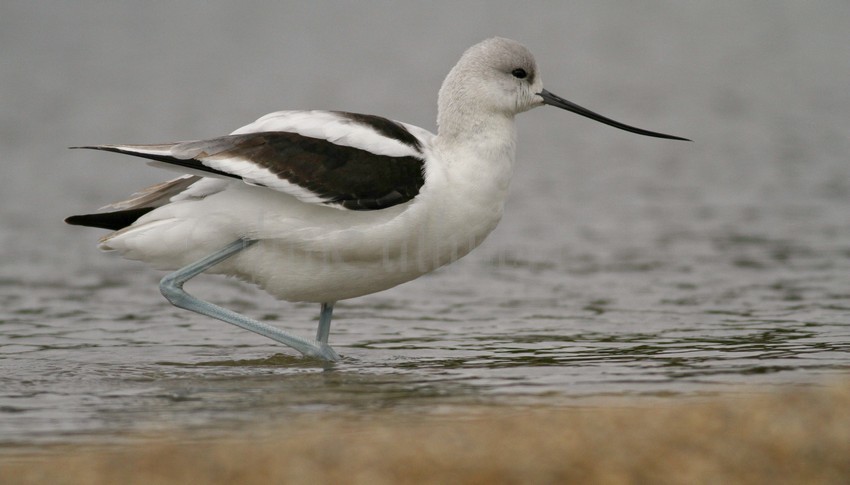
The Ring-billed Gulls pushed this bird around a little bit, but all and all they got along pretty good together.
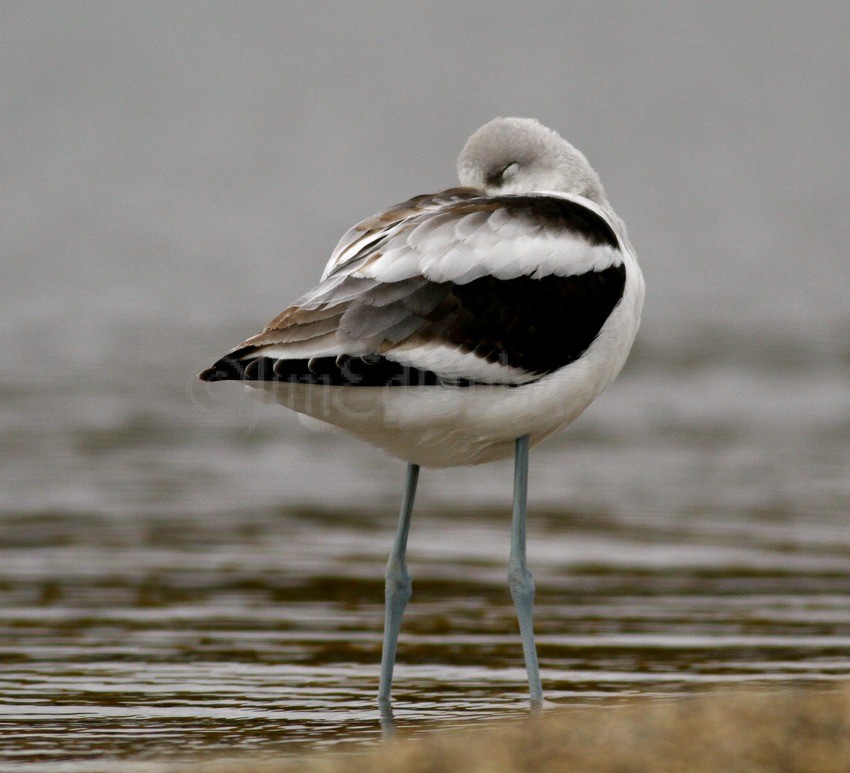
Sleeping when I left and it was sleeping right in the middle of about 7 Ring-billed Gulls at waters edge.
37 American Avocets stayed for 1 day at the McKinley Beach on Milwaukee’s Lakefront on May 1, 2012. If you care to view these amazing birds in the spring colors go to this link below:

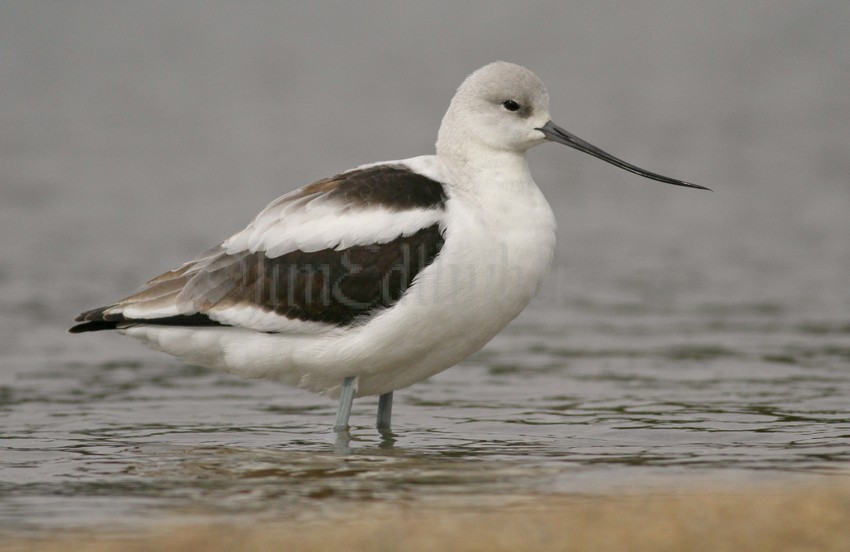
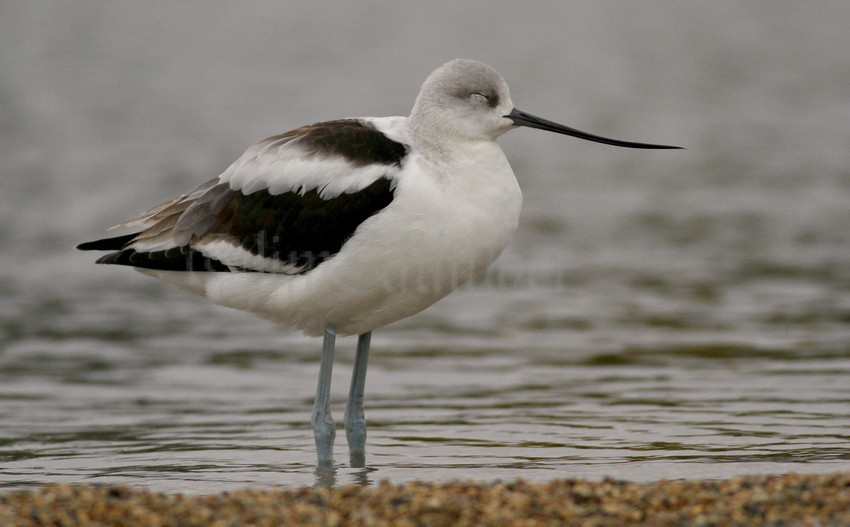
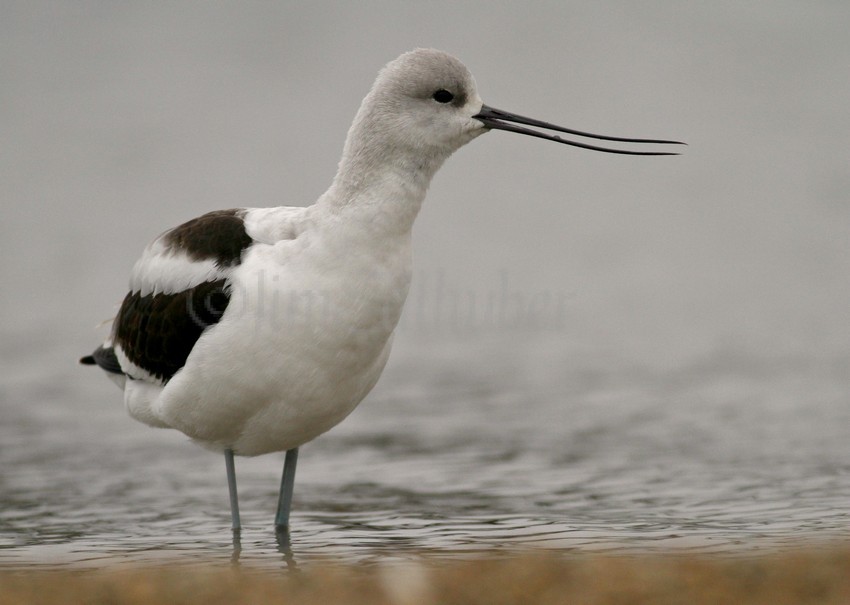
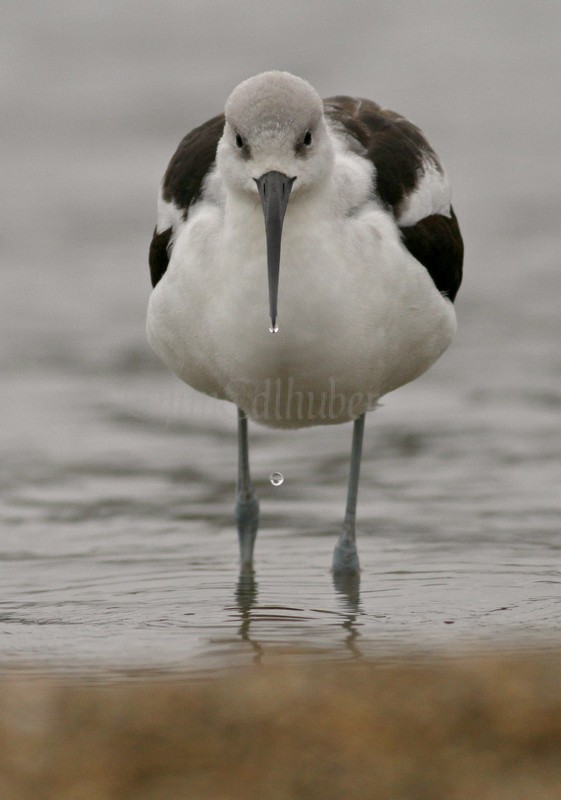
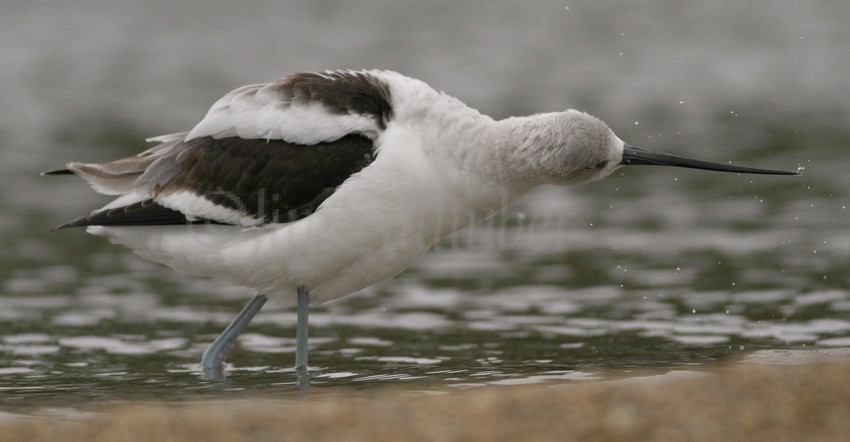
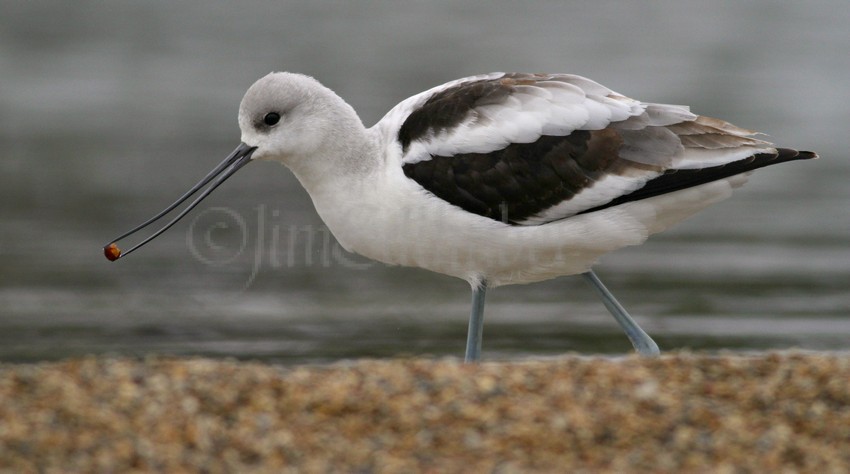
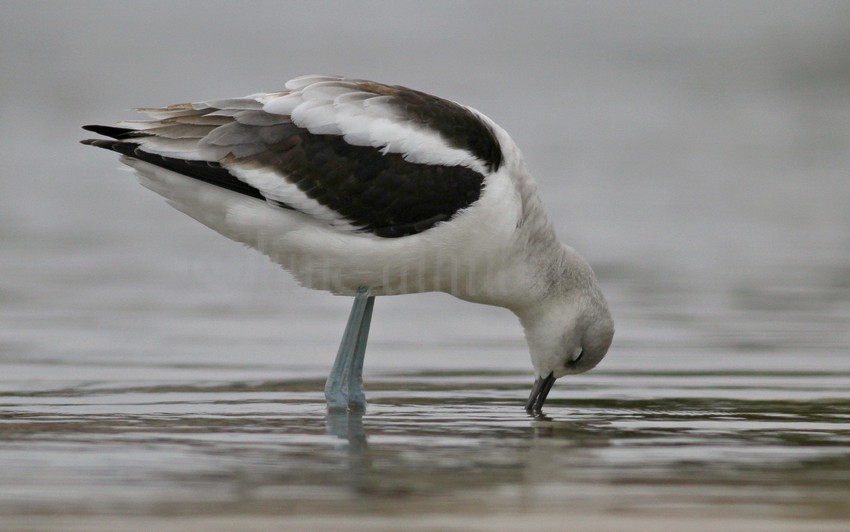
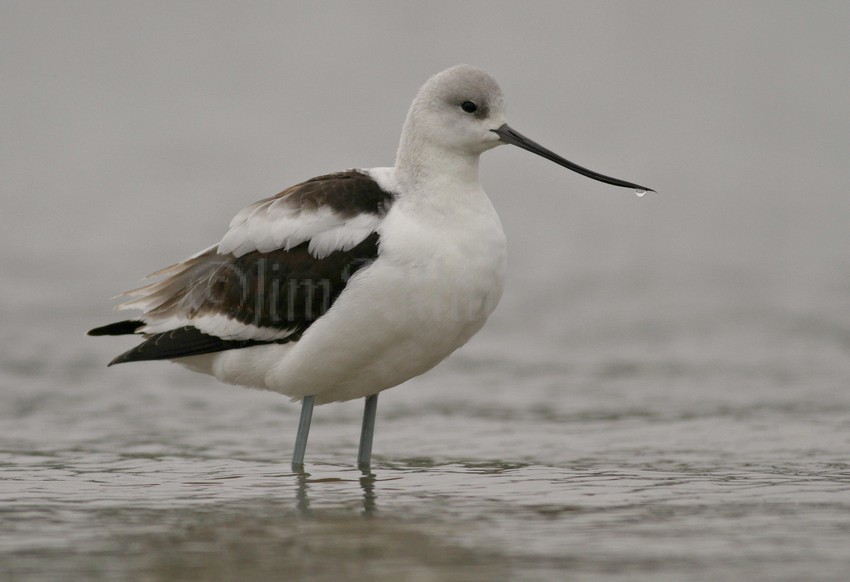
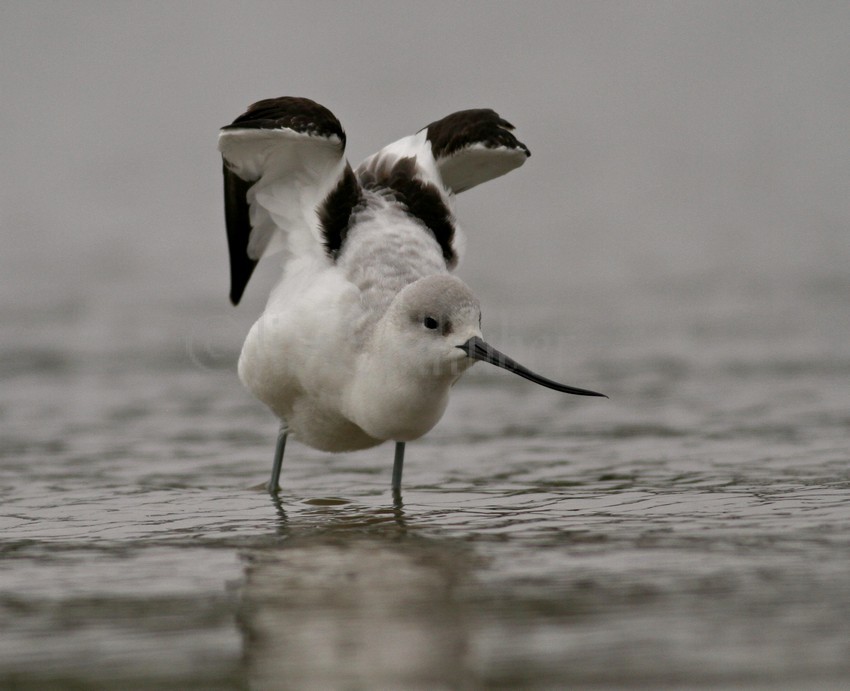
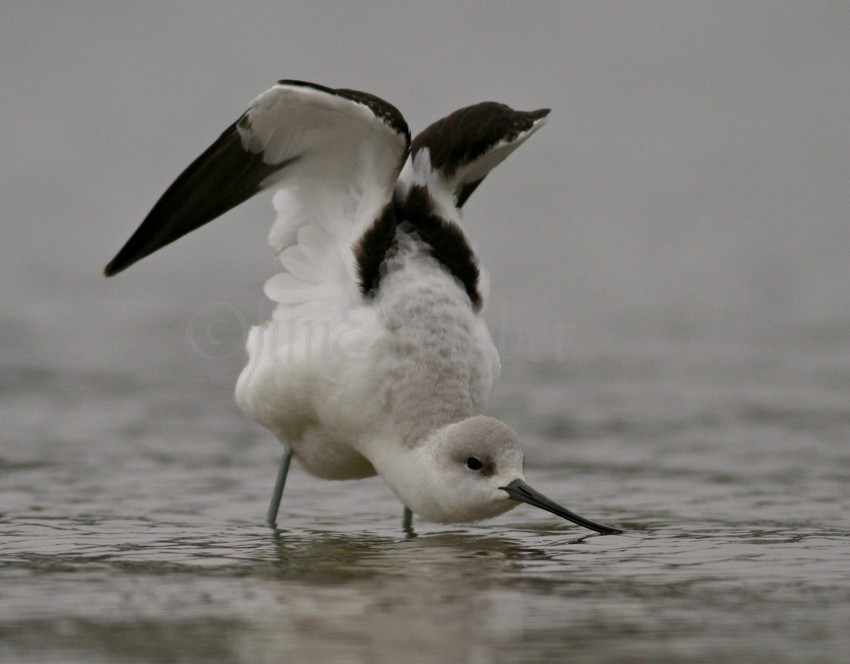
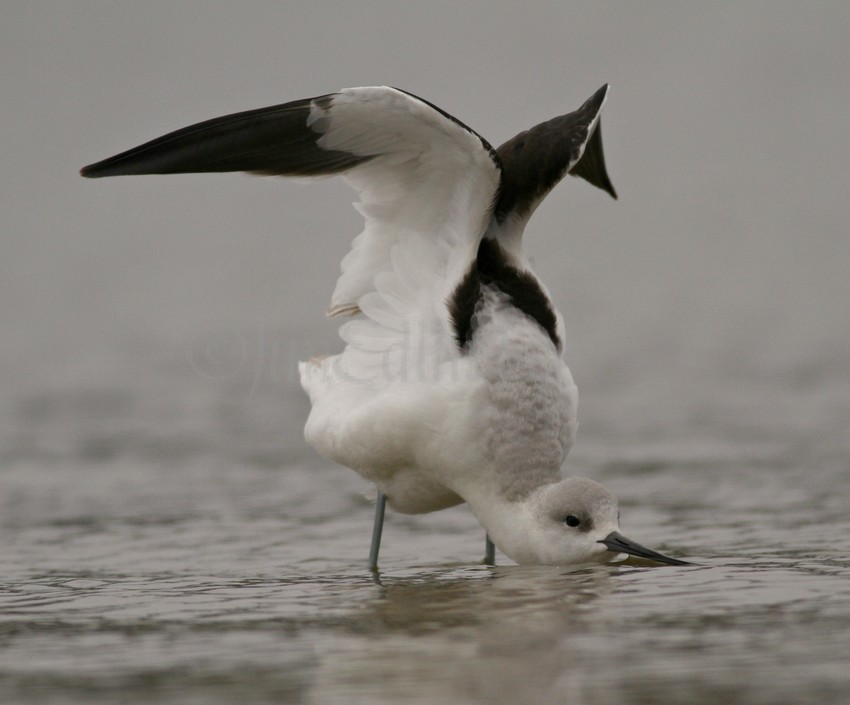
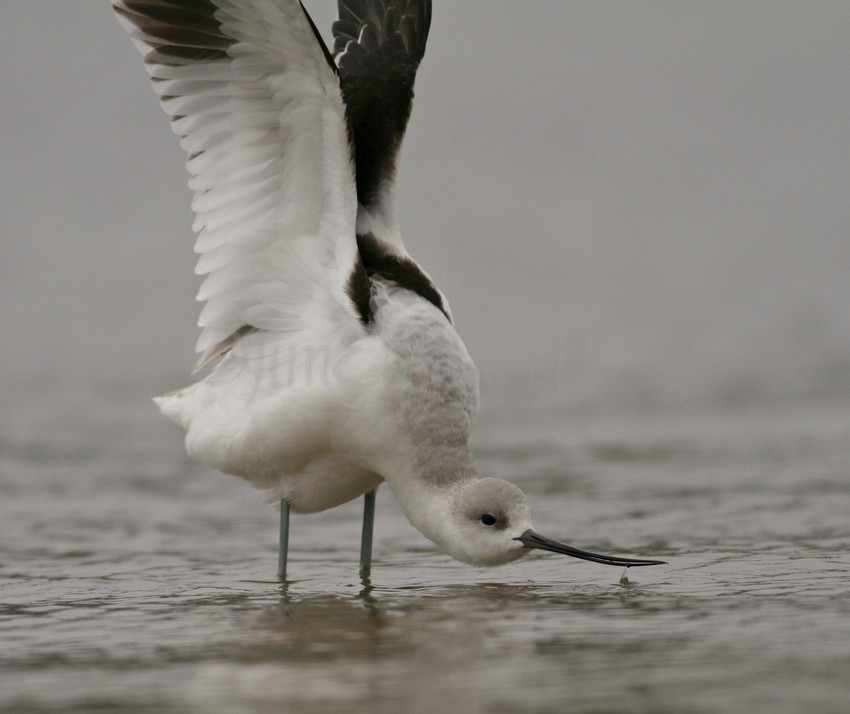
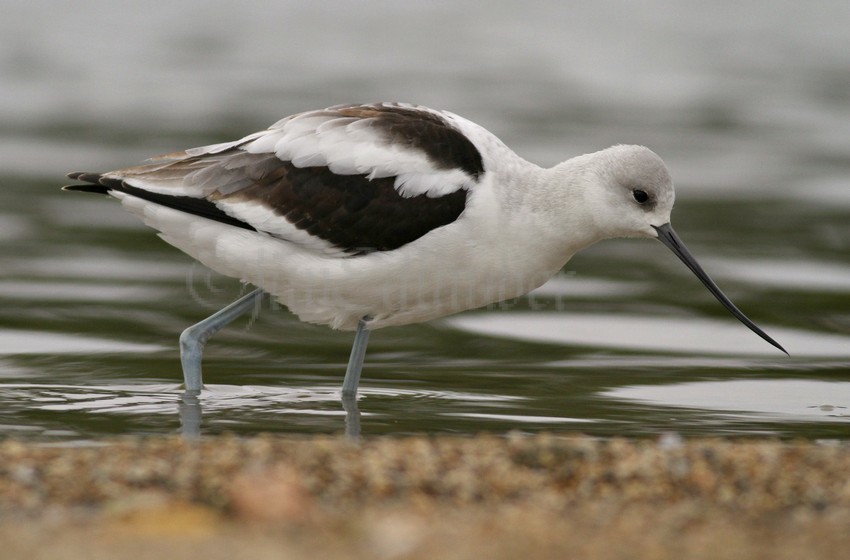
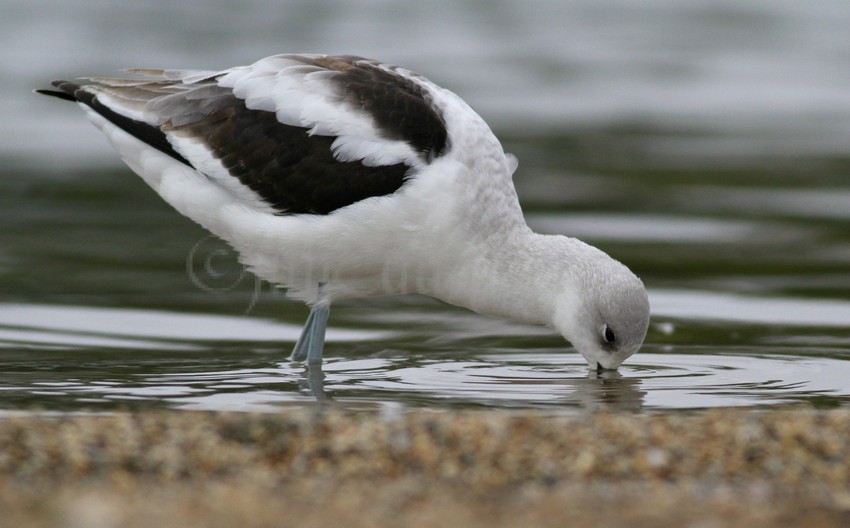
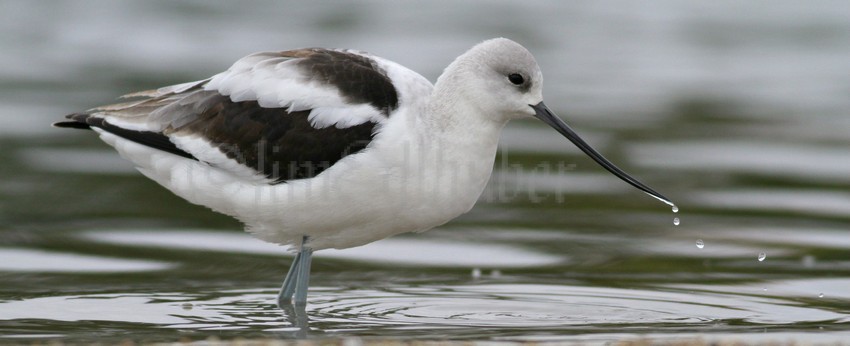
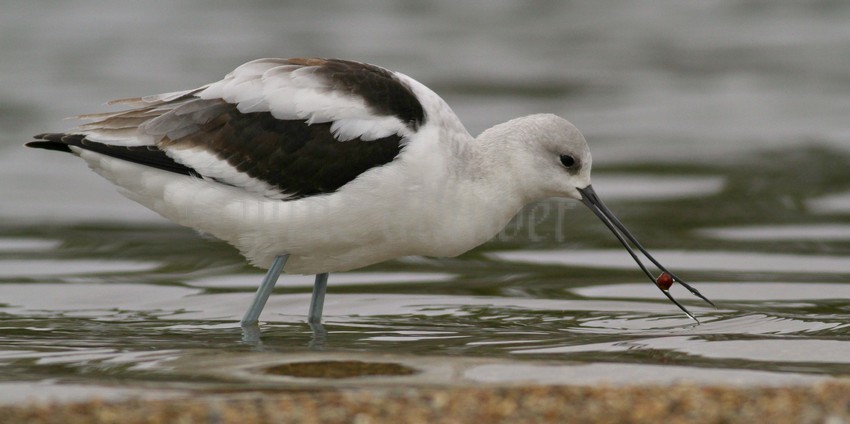
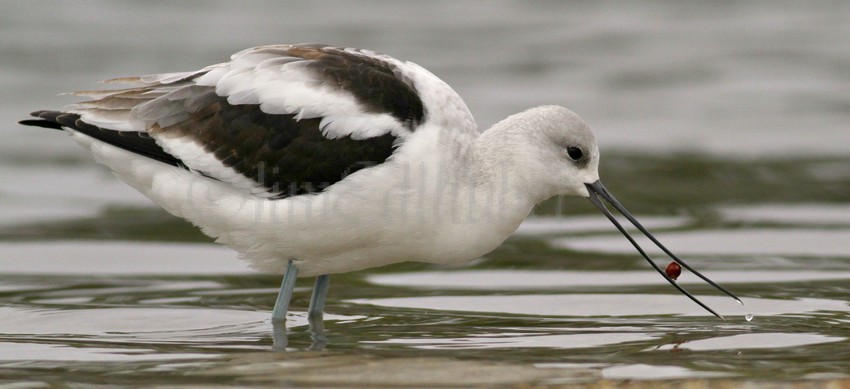
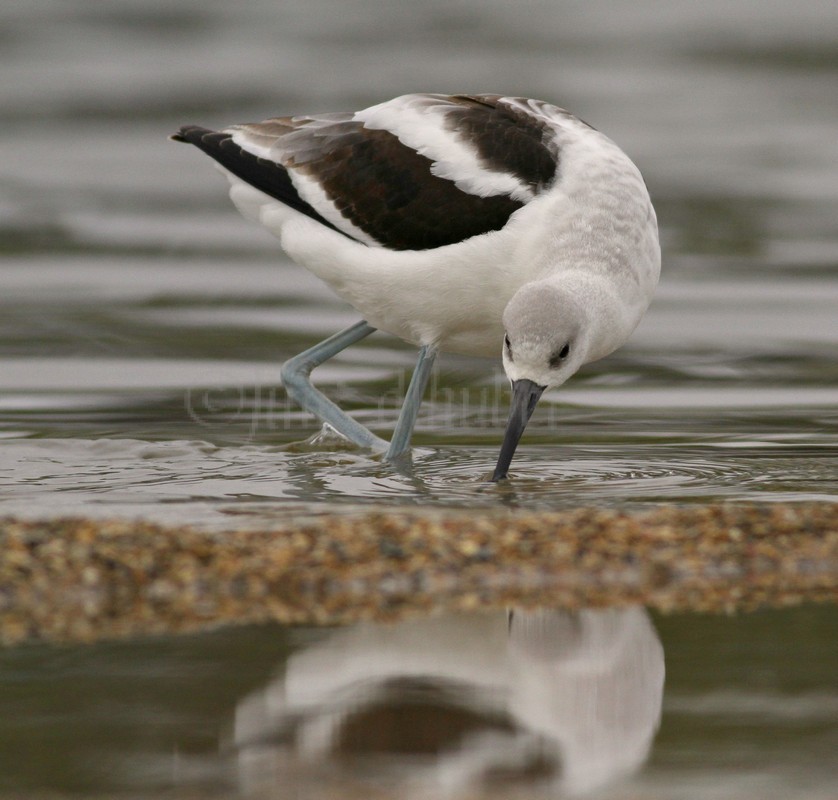
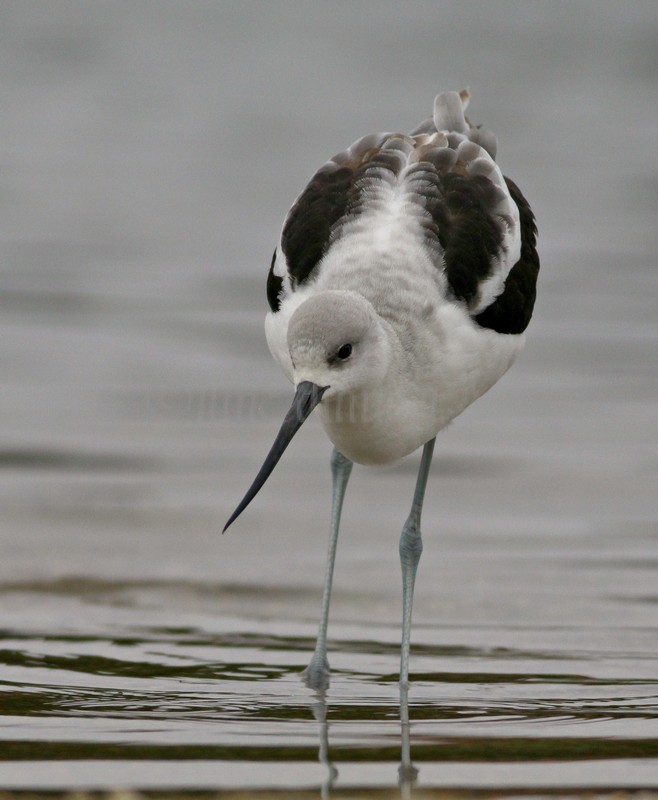
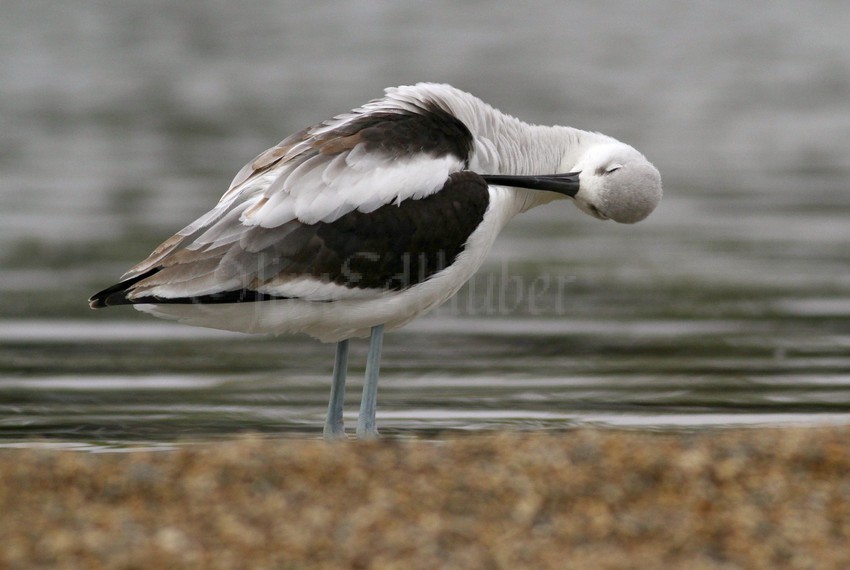
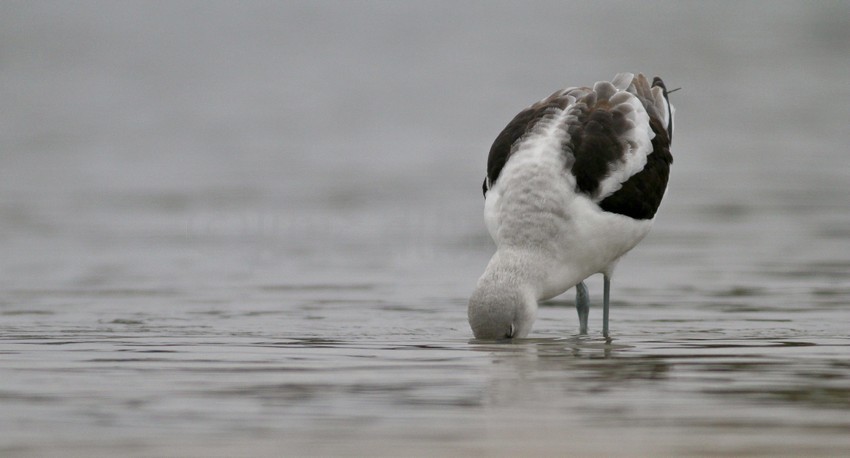
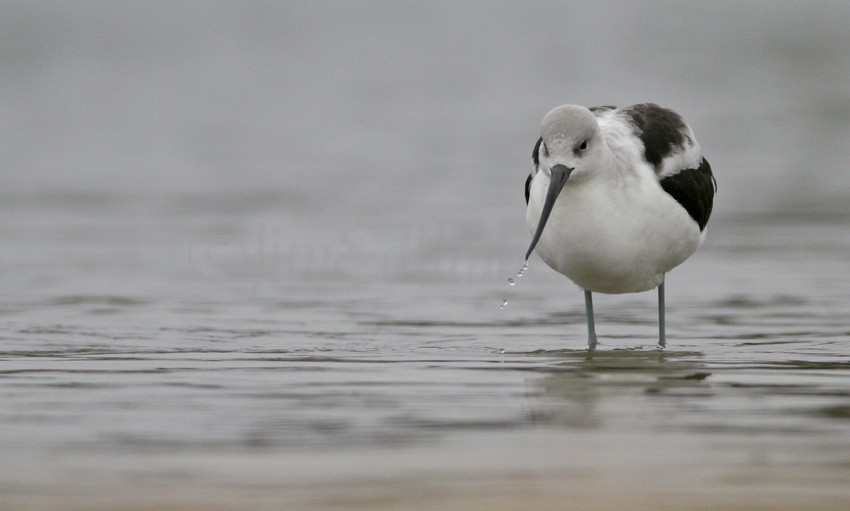
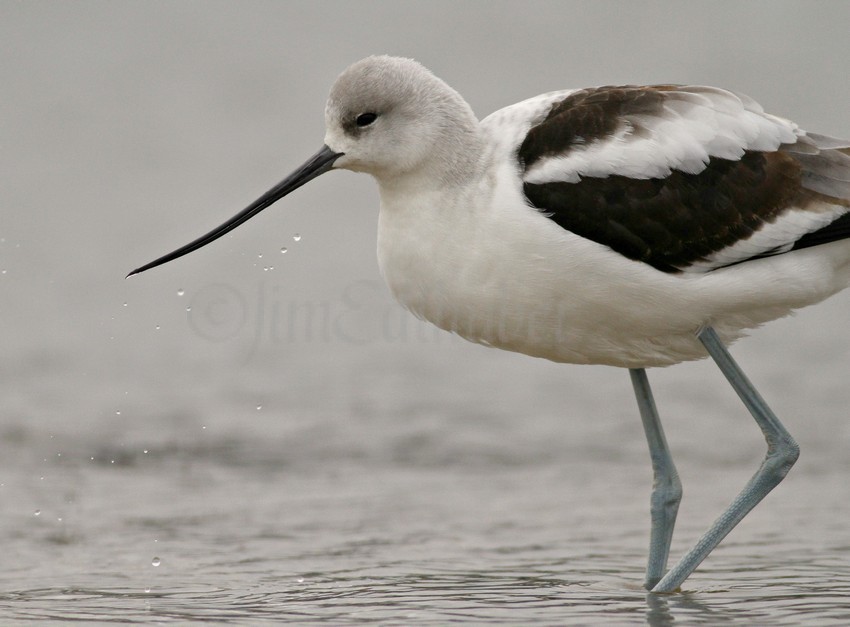
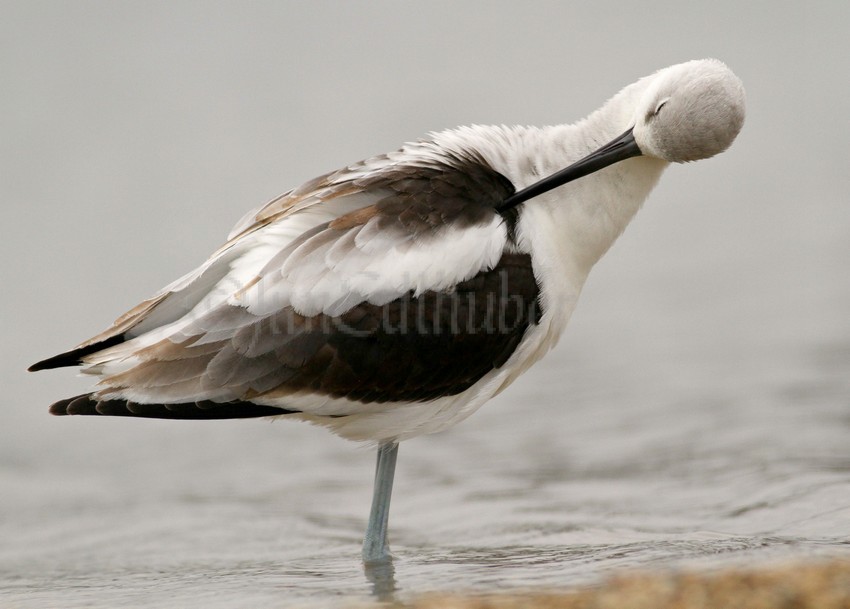
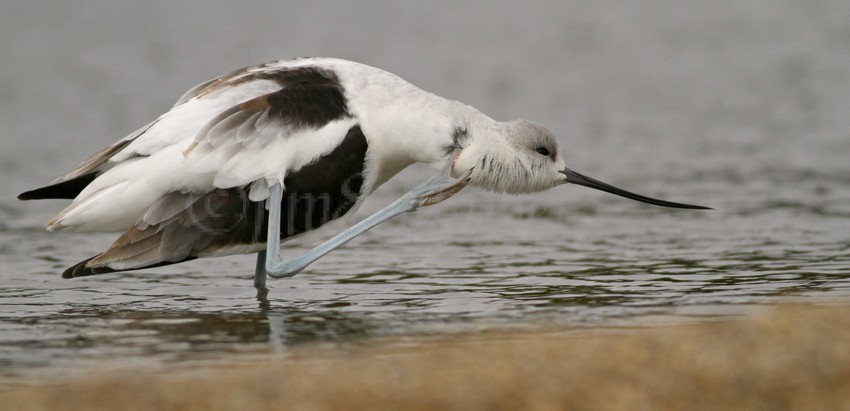
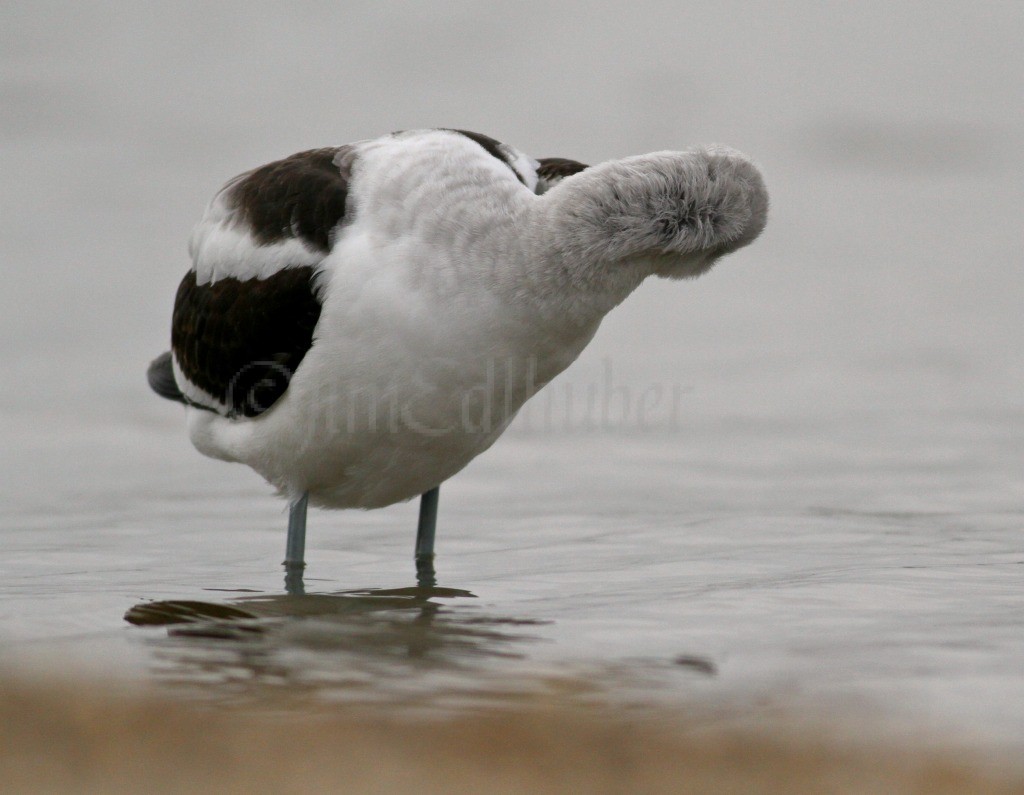
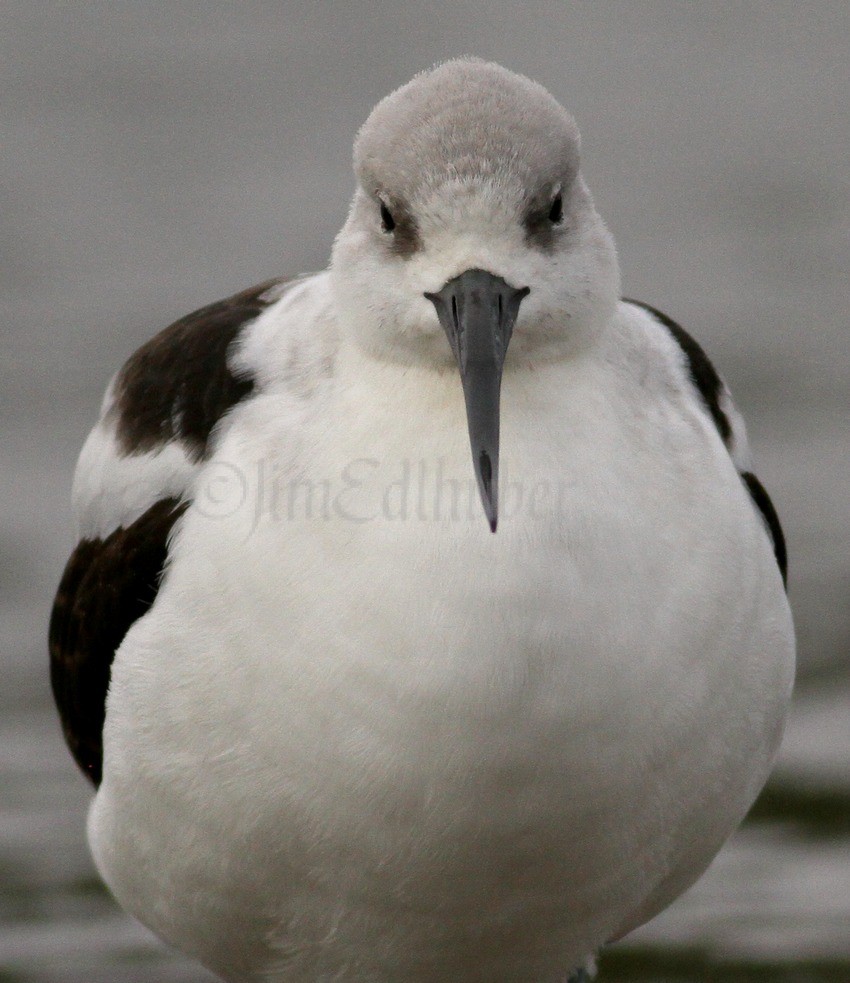
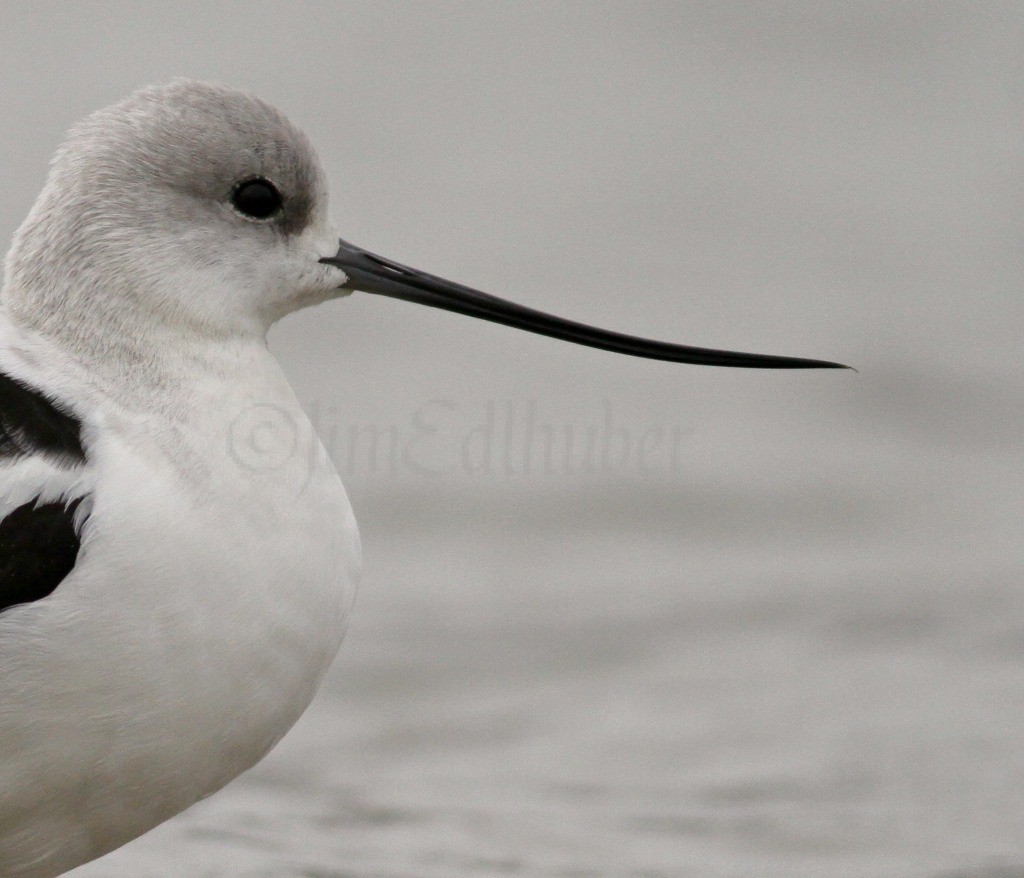
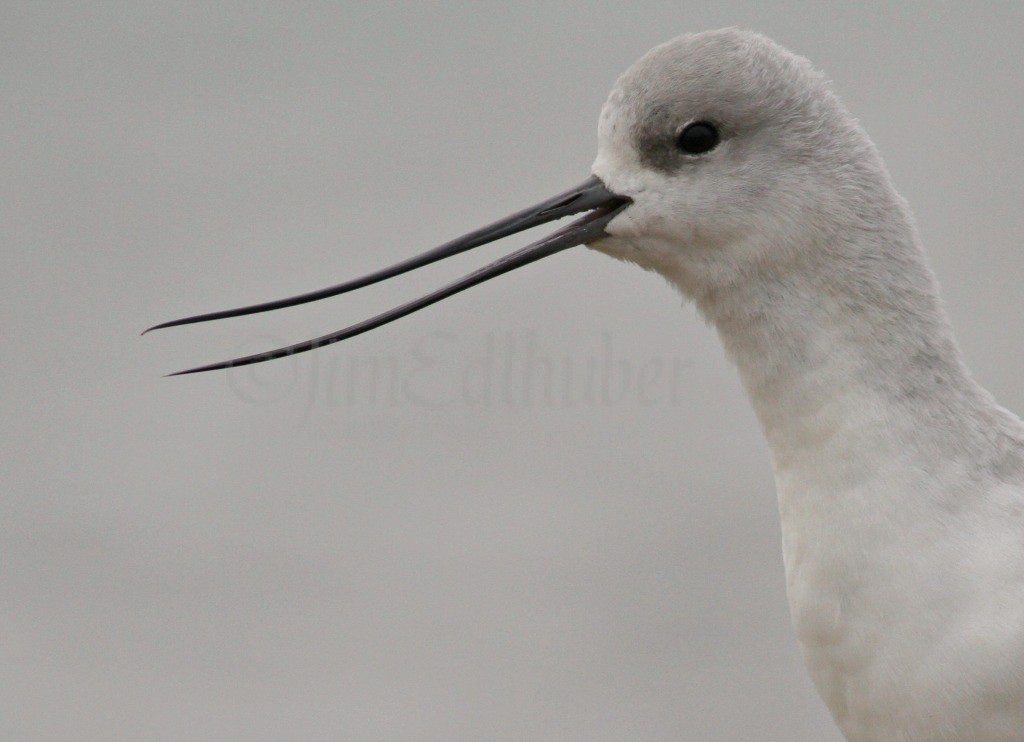
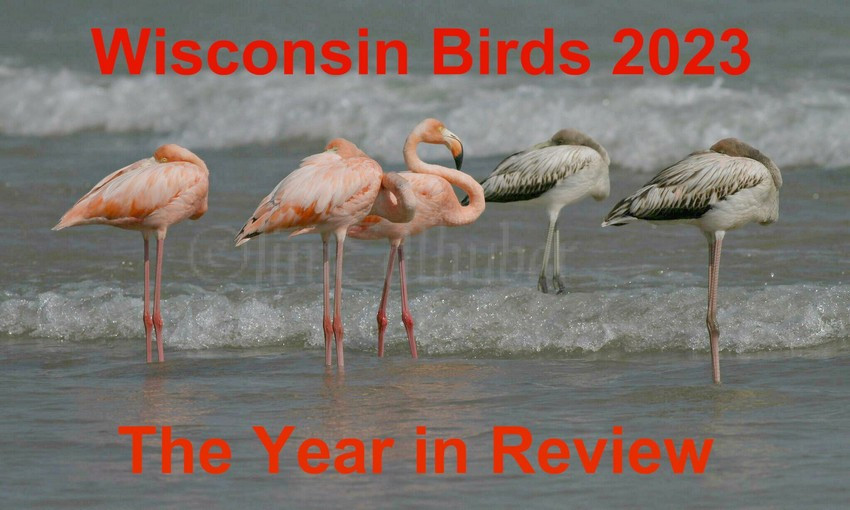
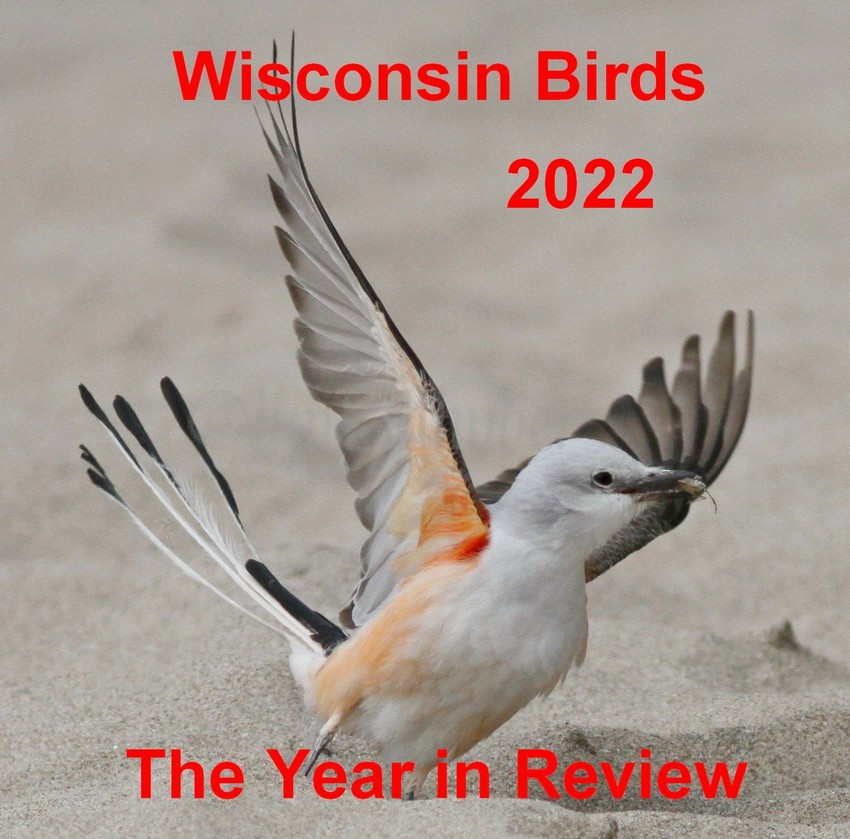
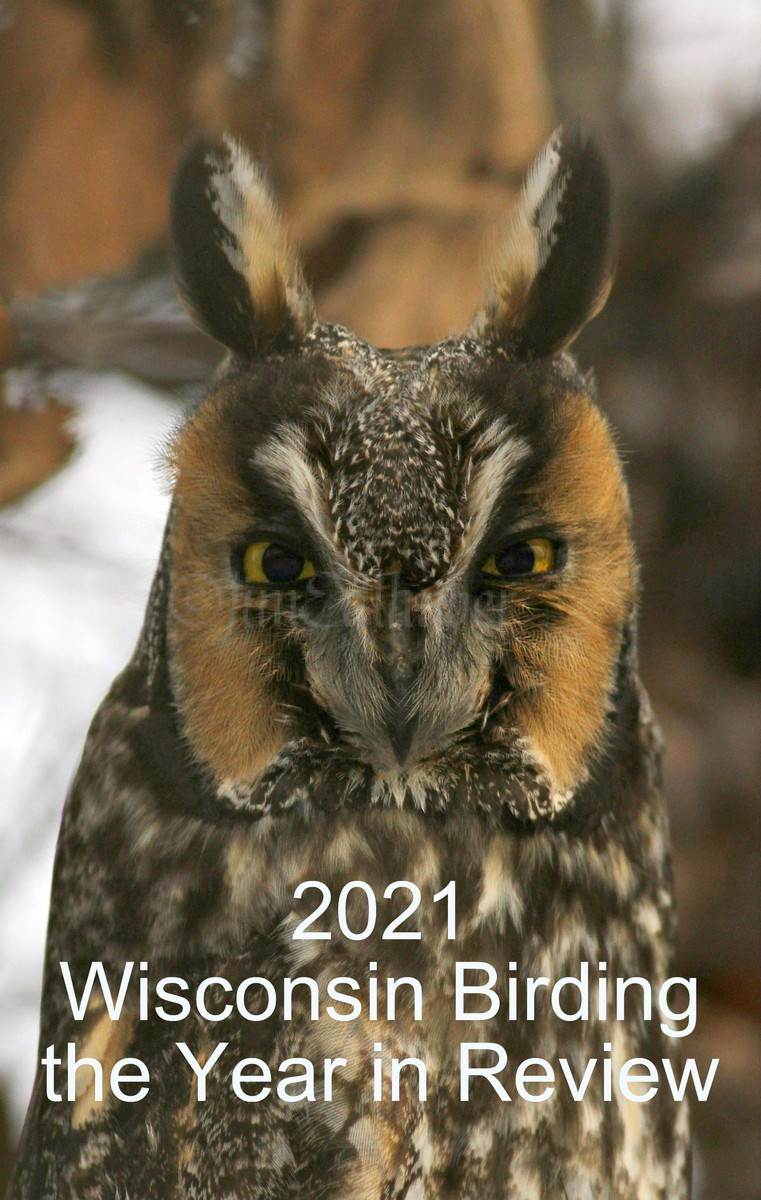
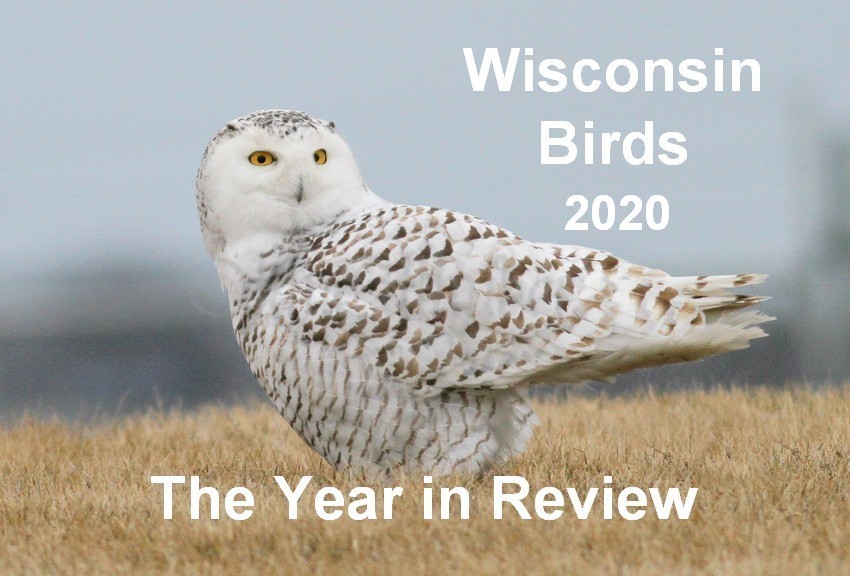
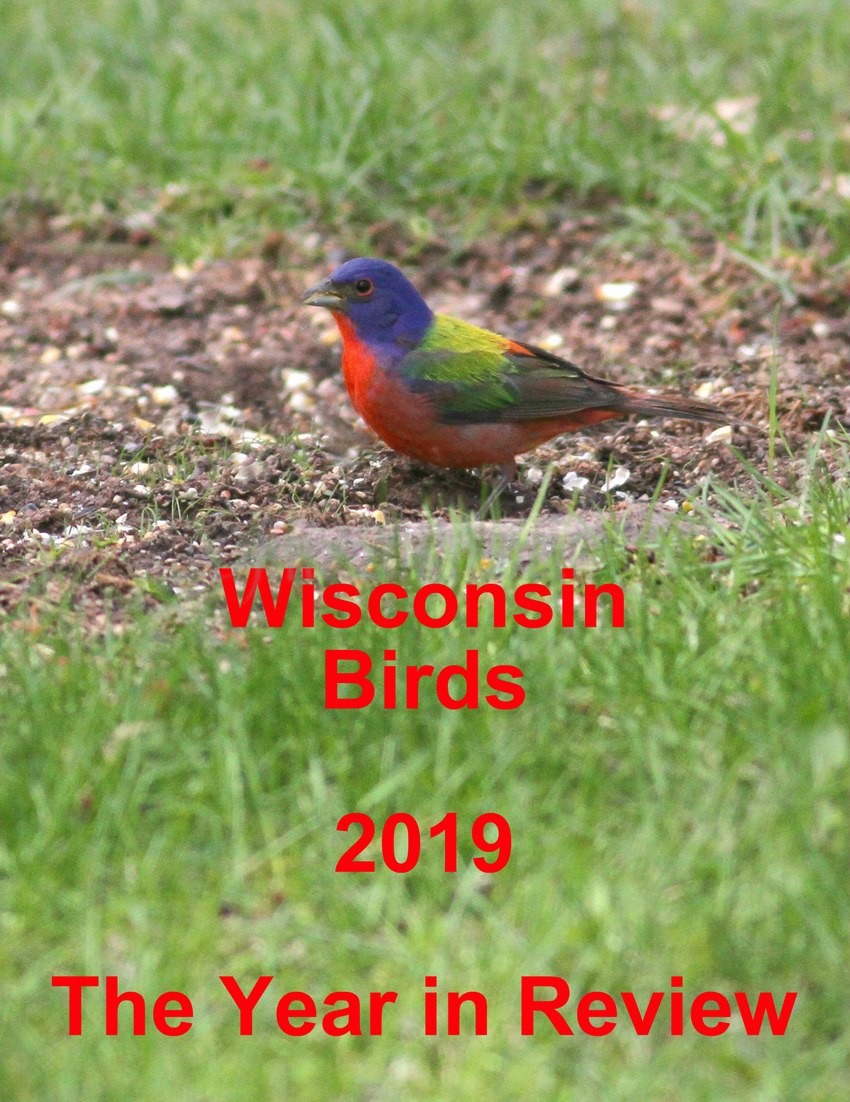
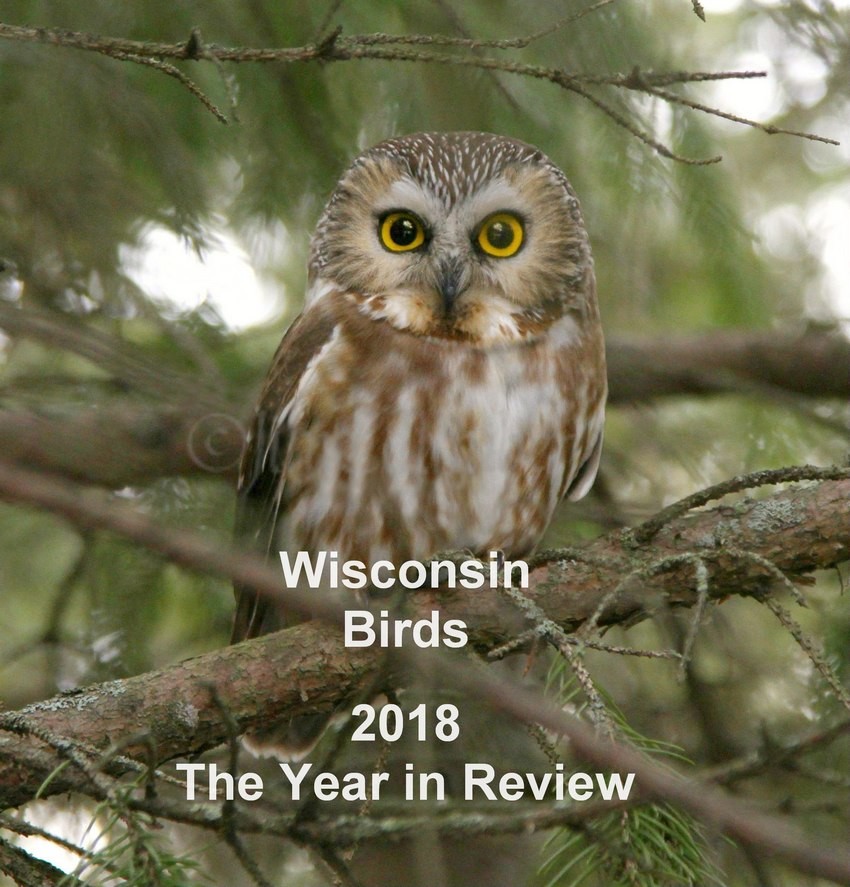
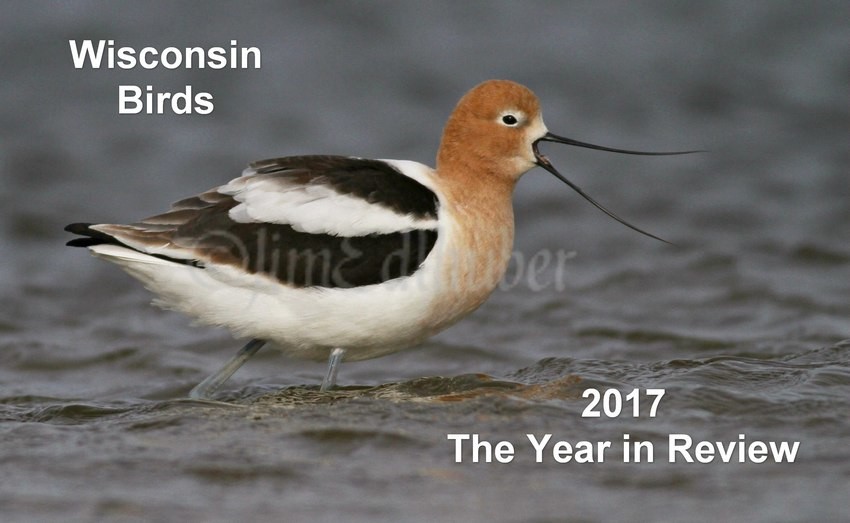
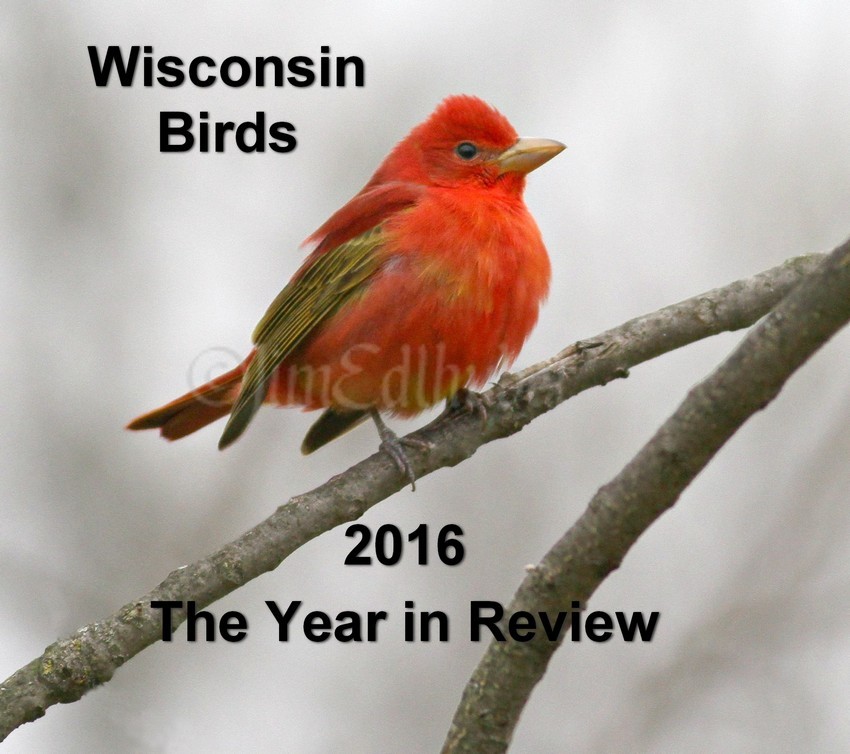
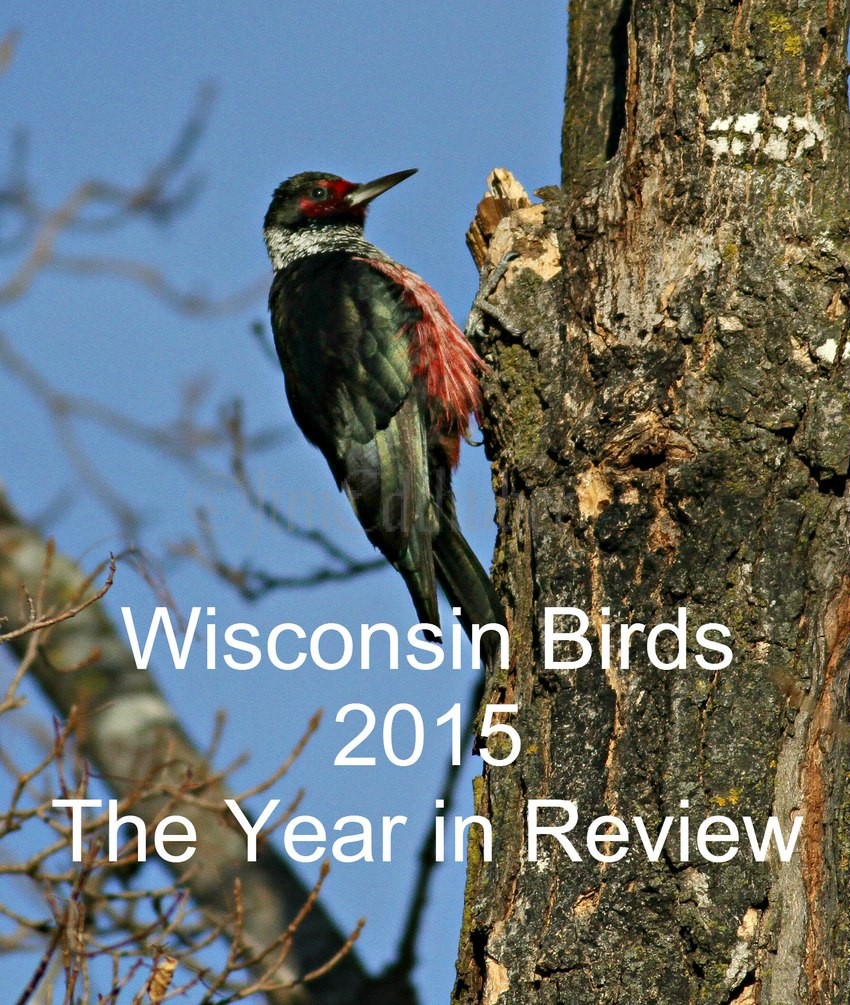
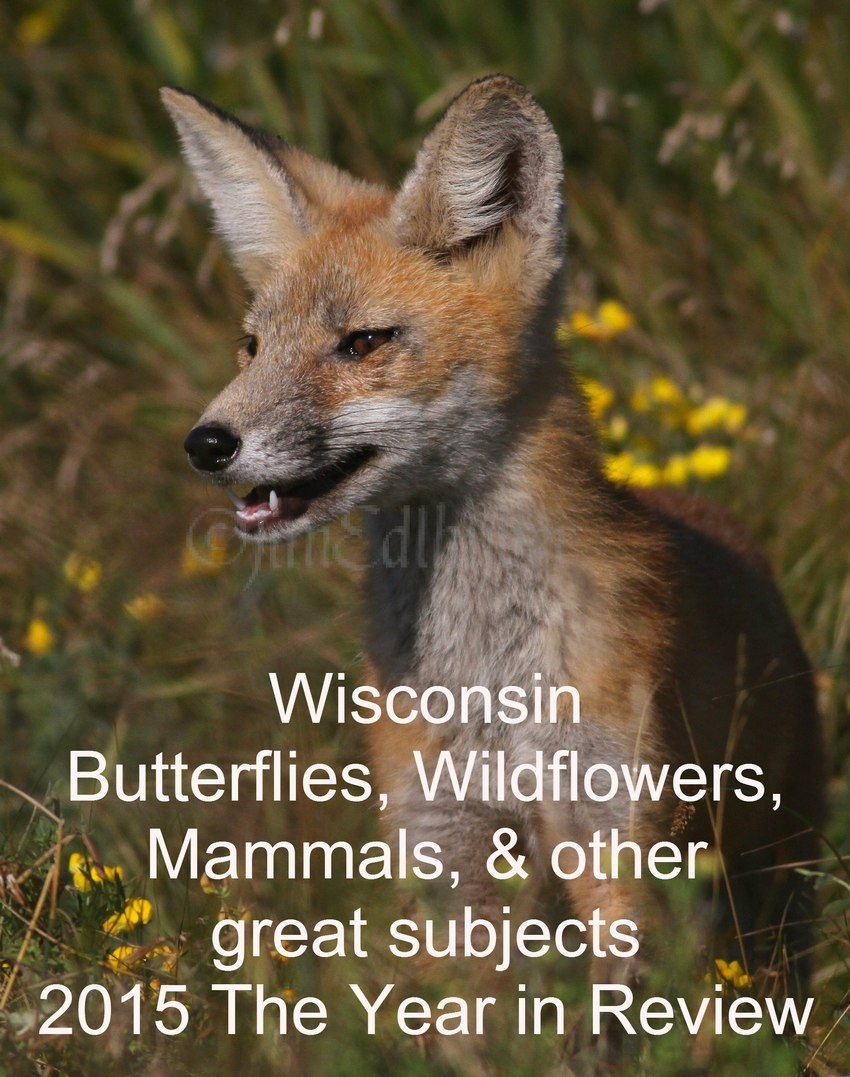
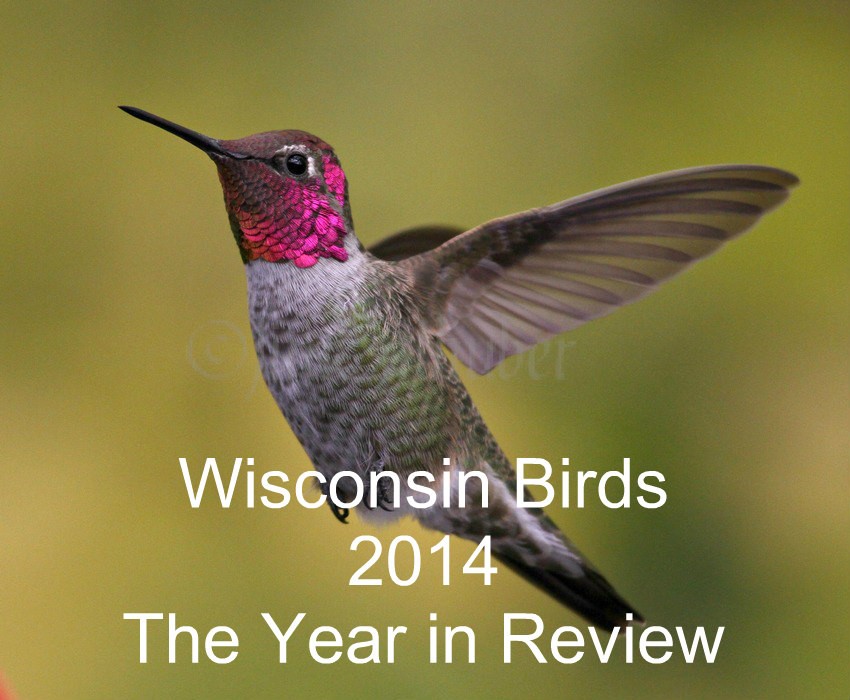
What a beautiful bird, Jim. Interesting the great contrast between the profiled slender bill and head-on shot. His coloration reminds me of a panda – and that portrait reveals such vulnerability. Blue legs that fold up to preen and scratch. Feathers aligned to perfection. And now, let’s just let him sleep.